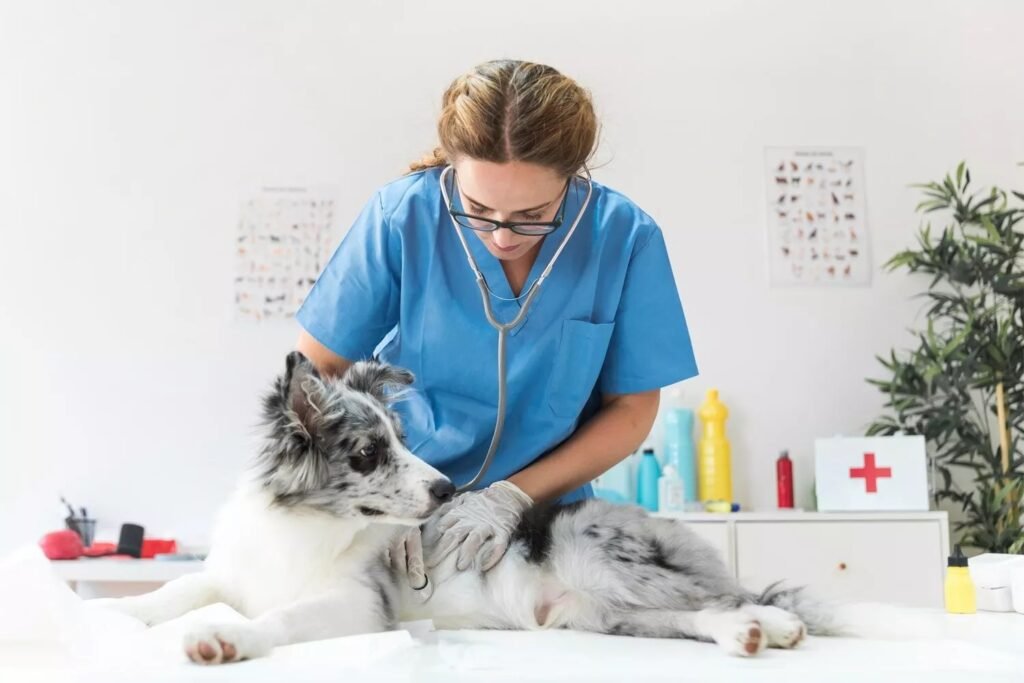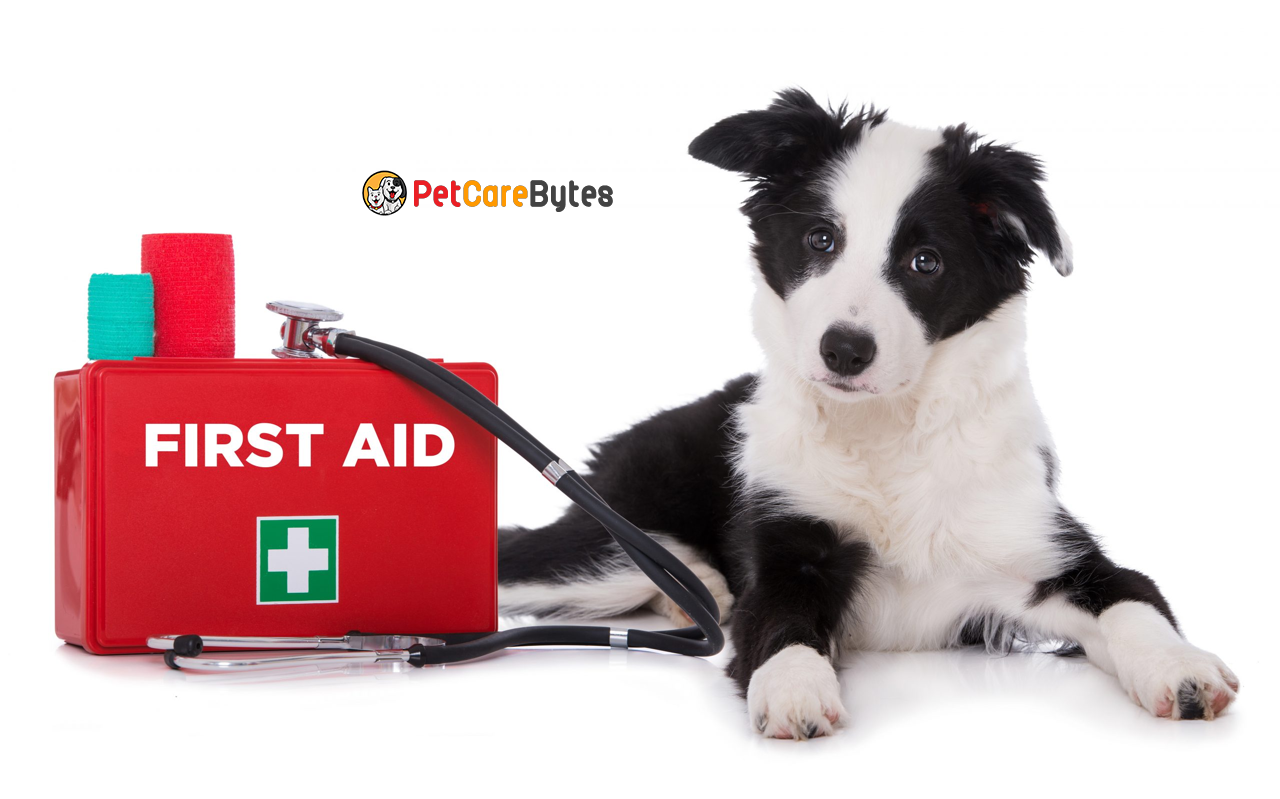Our pets are more than just animals; they are cherished members of our families. Their well-being is of paramount importance to us, and in times of crisis, knowing how to provide basic medical care can make a significant difference. Pet first aid is a critical skill that every pet owner should possess. In this comprehensive guide, we will explore the importance of pet first aid and how to provide essential medical care in emergency situations.
Read More: Pet First Aid: How to Give Pets First Aid
Contents
- 1 Understanding the Significance of Pet First Aid
- 2 Assembling Your Pet First Aid Kit
- 3 Recognizing Common Pet Emergencies
- 4 Assessing the Severity of an Emergency
- 5 CPR and Resuscitation Techniques
- 6 Wound Care and Bandaging
- 7 Managing Choking and Foreign Body Ingestion
- 8 Handling Poisoning and Toxic Substances
- 9 Dealing with Fractures and Sprains
- 10 Coping with Heatstroke and Hypothermia
- 11 Transporting Injured Pets Safely
- 12 When to Seek Professional Help
- 13 Conclusion
- 14 FAQ’s
Understanding the Significance of Pet First Aid

In this opening chapter, we will delve into the significance of pet first aid and why every pet owner should prioritize learning these life-saving skills.
Why is Pet First Aid Important?
- Our pets are vulnerable to accidents and illnesses, just like humans. They cannot communicate their distress in words, making it crucial for us to be their advocates in times of need.
- In emergency situations, quick and appropriate action can mean the difference between life and death for your pet.
- Providing immediate care can alleviate pain, reduce the severity of an injury, and potentially save your pet’s life.
- Pet first aid knowledge fosters a strong bond between you and your pet, as it showcases your commitment to their well-being.
Assembling Your Pet First Aid Kit
Your first step in preparing for pet emergencies is to assemble a well-stocked pet first aid kit.
Essential Items for Your Pet First Aid Kit
- Sterile gauze and bandages
- Adhesive tape
- Scissors
- Tweezers
- Antiseptic wipes
- Hydrogen peroxide
- Digital thermometer
- Muzzle or cloth strips
- Emergency contact numbers, including your veterinarian and a local animal hospital
Recognizing Common Pet Emergencies
In this chapter, we will cover a variety of common pet emergencies, providing insights on how to identify them and take immediate action.
Common Pet Emergencies
- Cuts and Bites: Recognize the severity of the wound, clean it, and apply pressure to stop bleeding.
- Seizures: Ensure your pet’s safety during a seizure and keep them calm.
- Allergic Reactions: Identify signs of an allergic reaction and know when to administer antihistamines.
Assessing the Severity of an Emergency
Understanding the gravity of a situation is pivotal in providing the right care.
Assessing an Emergency
- Examine your pet’s breathing, pulse, and responsiveness.
- Look for signs of shock, such as pale gums and rapid breathing.
- Assess the severity of bleeding, fractures, and other injuries.
CPR and Resuscitation Techniques
Cardiopulmonary resuscitation (CPR) can be life-saving in certain situations.
Performing Pet CPR
- Check for signs of breathing and circulation.
- If your pet is unresponsive, perform CPR, alternating between chest compressions and rescue breaths.
- Continue until your pet breathes on their own or you reach professional help.
Wound Care and Bandaging

Learn how to clean and dress wounds properly to prevent infection.
Wound Care Steps
- Clean the wound with sterile gauze and an antiseptic solution.
- Apply an appropriate dressing.
- Secure the bandage with tape or a self-adhering wrap.
Managing Choking and Foreign Body Ingestion
Choking can be life-threatening; know how to respond effectively.
Choking and Foreign Body Ingestion
- Perform the Heimlich maneuver for dogs.
- For small pets, support their abdomen and perform back blows.
- Monitor your pet for signs of distress after removing the object.
Handling Poisoning and Toxic Substances
Recognizing and managing poisoning situations is crucial.
Poisoning Scenarios
- Food poisoning: induce vomiting if instructed by a professional.
- Chemical poisoning: rinse the affected area and call for help.
- Plant poisoning: identify the plant and seek guidance from a poison control center.
Dealing with Fractures and Sprains
Learn how to stabilize fractures and provide support for sprained limbs.
Fractures and Sprains
- Immobilize fractures using splints or bandages.
- Rest and elevate sprained limbs.
- Offer pain relief as instructed by your vet.
Coping with Heatstroke and Hypothermia
Extreme temperatures can be life-threatening for pets.
Heatstroke and Hypothermia Management
- Move your pet to a cooler or warmer area, depending on the condition.
- Gradually lower or raise your pet’s body temperature.
- Offer water and keep them calm.
Transporting Injured Pets Safely
Safely transporting an injured pet to a veterinary clinic is critical.
Transporting Injured Pets
- Use a sturdy, flat surface, like a board, to move your pet.
- Keep them secure and calm during transport.
- Inform the vet about the emergency en route.
When to Seek Professional Help

While pet first aid is essential, there are times when professional veterinary care is necessary.
When to Seek Professional Help
- Uncontrolled bleeding.
- Severe injuries.
- Prolonged or severe seizures.
- Ingestion of toxic substances.
Conclusion
This comprehensive guide has highlighted the significance of pet first aid and equipped you with the knowledge and skills to provide basic medical care in emergency situations. By taking the time to learn and prepare, you can be a responsible and confident pet owner, ensuring the well-being of your furry companions in times of need. Always remember that the safety and health of your pets are in your hands, and the ability to provide pet first aid is a priceless skill that can make a world of difference. Your dedication to your pet’s well-being can ensure they lead long, healthy, and happy lives.
Read More: Common Illnesses That Can Be Spread From Animals to People
FAQ’s
- What is pet first aid, and why is it important? Pet first aid refers to the immediate care and attention provided to a pet in the event of an injury, illness, or emergency. It is crucial because it can make a significant difference in saving your pet’s life, reducing pain, and preventing further harm during the critical time between the incident and professional veterinary care.
- What should I include in my pet first aid kit? Your pet first aid kit should contain essential items such as sterile gauze and bandages, adhesive tape, scissors, tweezers, antiseptic wipes, hydrogen peroxide, a digital thermometer, a muzzle or cloth strips, and emergency contact numbers for your veterinarian and a local animal hospital.
- How can I recognize common pet emergencies? Common pet emergencies include cuts and bites, seizures, and allergic reactions. Look for signs such as bleeding, seizures or convulsions, excessive itching, swelling, hives, and difficulty breathing. Recognizing these symptoms is crucial for providing timely care.
- When should I perform CPR on my pet? Perform CPR on your pet if they are unresponsive, not breathing, or doe not have a heartbeat. In these cases, you should start CPR immediately while seeking professional help. Learning how to perform CPR on your pet can be a life-saving skill.
- Are there situations where I should not attempt pet first aid and should immediately seek professional help? Yes, there are situations when you should skip pet first aid and immediately seek professional veterinary care. These include uncontrolled bleeding, severe injuries, prolonged or severe seizures, and situations involving the ingestion of toxic substances. In these cases, professional help is necessary to ensure the best possible outcome for your pet.




















